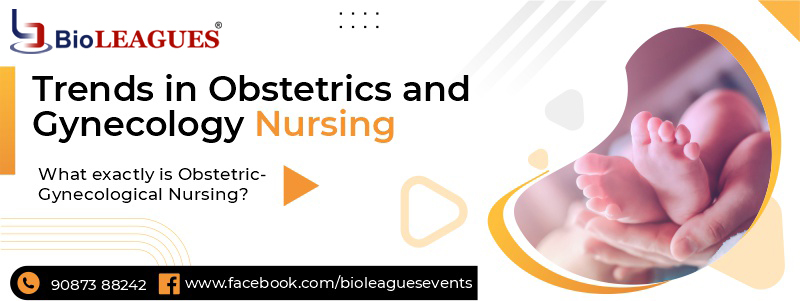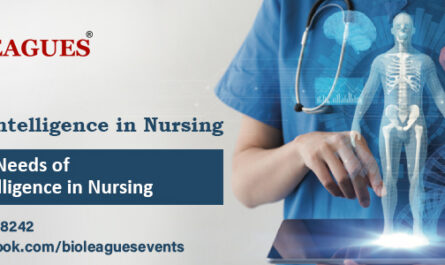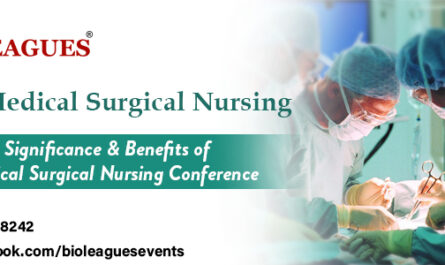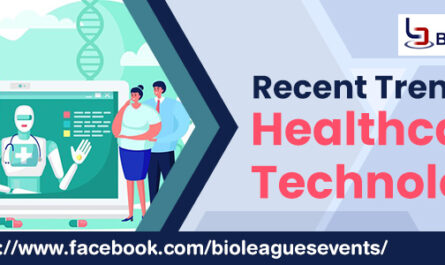What exactly is Obstetric-Gynecological Nursing?
Gynecology and obstetrics nursing is a branch of nursing that is responsible for caring for women throughout their lives, including pregnancy, childbirth, and the puerperium, as well as other issues such as sexuality, contraception, and menopause. They also provide diagnostics.
Well, they’re of great assistance in difficult cases and make the delivery process easier, as well as instill confidence in her because, in the end, they’ll be there to provide comfort.
Gynecology Nurses are educated and trained to deliver a variety of health care services to women and babies. An authorized nurse-midwife (CNMresponsibilities )’s includes taking anamnesis and performing the physical examination.
According to the International Nursing (a definition that has also been adopted by the WHO and the International Federation of Gynecology and Obstetrics), it is defined as follows: “A person could be a one who, having been admitted to follow a program obstetrics education, duly recognized by the State, has successfully completed the prescribed study cycle in obstetrics and has obtained the required qualifications.”
Month to bring up a specific person: She is to blame for assisting childbirth as long as there are no complications because they lack a medical degree. They start by preparing the expectant mother for childbirth and then collaborate closely with the obstetrician. They can predict whether or not the birth will be complicated, promote vaginal birth, and provide assistance in emergency situations.
Telemedicine’s Importance in Tele-Obstetrics and Gynecology
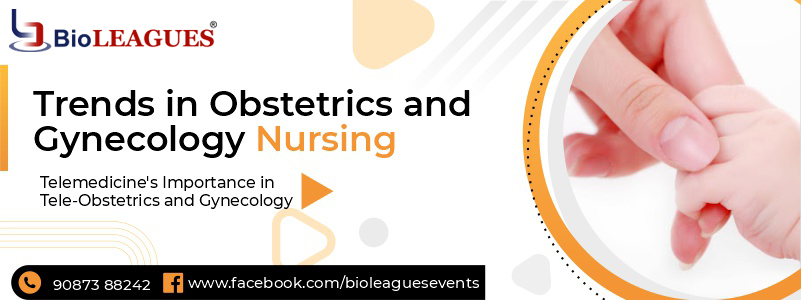
Obstetrics & gynecology play a dominant role in telemedicine systems, particularly in developing countries. One of the major issues that have existed for some time and continue to exist in the world is the high prevalence of gynecological and obstetric diseases, which, paradoxically, has increased rather than decreased.
Diseases such as uterine carcinoma, preeclampsia, eclampsia, intrauterine foetal hypoxia, and low birth weight of neonates predominate among the ten main general pathologies that appear on the global census, particularly in low socioeconomic strata, displaced populations, and hard-to-reach territories, despite the multiple alerts issued by the World Health Organization on a regular basis (WHO).
Medical Conference on gynecological and obstetric care is a powerful tool that goes far beyond the pathologies mentioned.
For more than ten years, there have been teams that allow primary diagnoses of carcinomas to be established through telemedicine in the case of gynecology in its uterine pathologies. Upcoming Nursing Conference is a portable solution with digital outputs, which, using standard protocols and appropriate stains, allow gynecologists or pathologists in a Medical Center to visualize lesions susceptible to swabbing or biopsy on the cervix in real-time, detecting primary lesions at the site of different lesions that are potentially malignant.
It is important to note that in the case of our telemedicine designs and integrations, Nursing Conference always trains the head nurses and bacteriologists of Level I and II hospitals in the use of video colposcopes and taking adequate Papanicolaou-type samples. (PAP) for the visualization and analysis of histological plates, with medium-range microscopes, used in Telepathology,
The social and familial cost of these pathologies is high in women from vulnerable social strata, which is exacerbated by the fact that the proportion of women heads of households in developing countries is increasing.
The problem encountered in Gynecology Nursing cases is equal to or greater than the one encountered in gynecological cases. The rates and statistics of foetal and maternal-fetal morbidity and mortality in our environment are truly scandalous, placing our region at the bottom of the global percentiles. In this regard, I never tire of saying at symposia and congresses that instead of being developing countries, we appear to be underdeveloped.
There are excellent trendy tools in telemedicine for properly monitoring pregnant patients. According to this, the first thing that provinces and/or municipalities where Level I-II hospitals are located must-have is the following:
- The hospital staff (doctors and nurses) must carefully index the pregnant patient who attends the consultation for the first time or with multiple pregnancies, compiling a thorough medical history.
- As soon as the patient is discovered to be pregnant, schedule her to attend various pregnancy workshops, which are usually mandated within hospitals. For the general practitioners and nurses reading this, I’d like to insert a parenthesis to remind you that pregnant patients from vulnerable strata are typically undisciplined in their maternal-fetal control; this is more common in new mothers and new mothers between the ages of 12 and 18 years. As a result, participation in the workshops is critical throughout the process.
- Although it is self-evident, the date and frequency of prenatal controls are determined EXCLUSIVELY by the general practitioner in Level I – II hospitals, depending on the age at which the gestation begins. The nursing staff is responsible for keeping detailed patient check-up dates and must have a phone number for the patient to call five days before her prenatal check-up appointment to remind her of it.
You will say in this post that the three previous points are “unnecessary,” and whoever writes these words is taking them out of context by reminding them of these things. My esteemed colleagues in health, over the course of 35 years of practice, I learned to be cautious and obsessive-compulsive (a pathology already detected in me by one of my colleagues who is a psychiatrist) about patient compliance with control appointments in general.
Getting back to the topic at hand, Trends in obstetrics and Gynecology Nursing, there are numerous brands of gynecology equipment, specifically foetal monitors, available today, make use of it and get better health.

